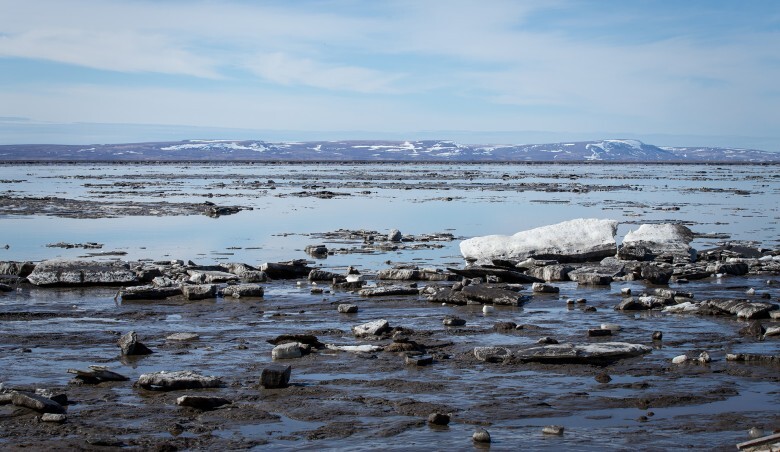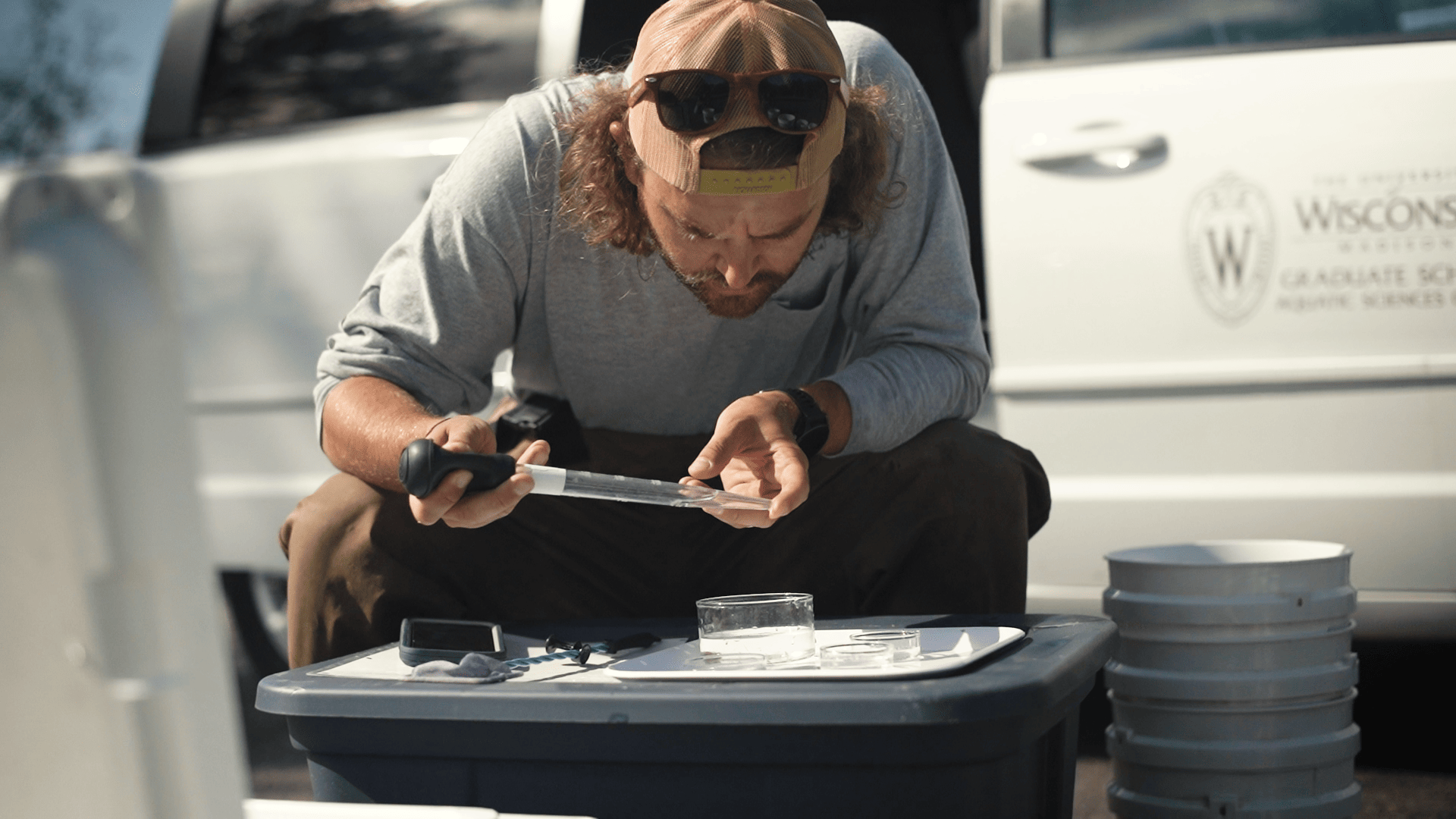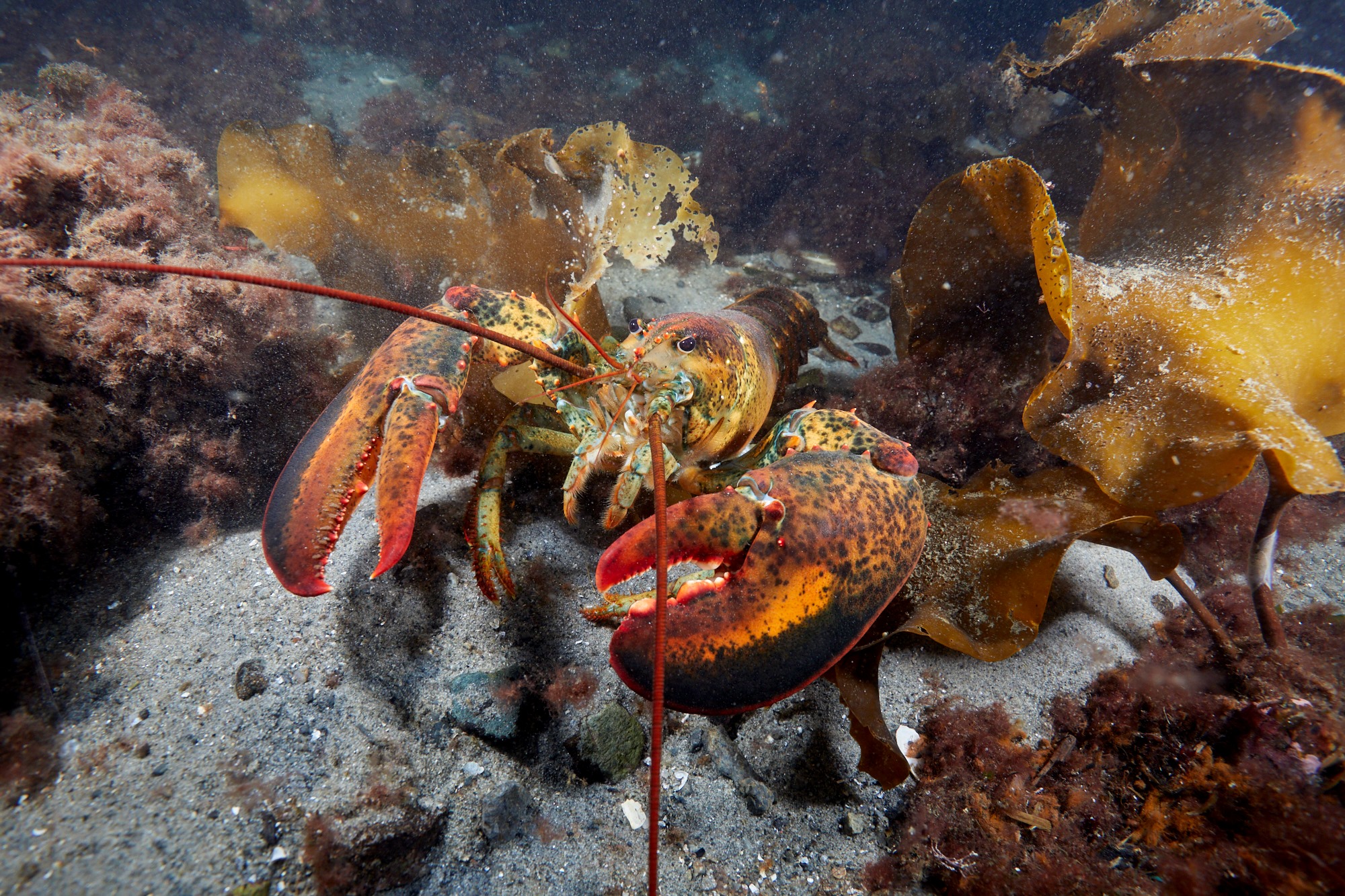by Paul Focazio, New York Sea Grant
New York Sea Grant has received funding from the National Oceanic and Atmospheric Administration (NOAA) through the National Sea Grant College Program to track historic storm events along the eastern shore of Lake Ontario. The project will create a climatological event database to better assist risk projection to help communities increase their storm event resiliency.
“This project will create a well-documented Great Lakes climatology resource that will serve as a benchmarking resource for eastern Lake Ontario shore communities similar to risk projection tools already available to East Coast stakeholders facing storms that impact the Atlantic coastline,” says New York Sea Grant Associate Director Katherine Bunting-Howarth, based at Cornell University, Ithaca, NY.
New York Sea Grant is recognized as a leader in developing coastal storm awareness resources for the marine district of New York State.
Specific focus areas for this pilot project will be the fragile dunes areas along Lake Ontario in Oswego and Jefferson counties and the Sodus Bay area with a 7,500-foot-long barrier beach in Wayne County.
The project will develop a monitoring program to track storm impacts, such as erosion and structure damage, and will revive periodic photo monitoring of the dunes areas to show changes over time. In the past, New York Sea Grant photo monitoring of the 17-mile Eastern Lake Ontario Dune and Wetland Area has shown the success of beachgrass restoration plantings that help stabilize the sand dunes.
Project leader David G. White, a coastal recreation and tourism specialist with New York Sea Grant at SUNY Oswego, says the historical retrospective on Great Lakes storms will include review of stakeholder reports, maps and meteorological data on historic storm damage going back to 1950.
“We will be looking at such factors as storm and wind speed, pressure points, wave action in addition to aerial and ground photography of coastal impacts,” White says.
Project partners include the NOAA Northeast Regional Climate Center at Cornell University; the Cornell University Department of Earth and Atmospheric Sciences; County Soil and Water Conservation Districts in Jefferson, Oswego and Wayne counties; local municipal leaders and citizen groups, such as the Friends of Sandy Pond Beach; and private landowners.
The project results will be available as web-based resources to help shoreline stakeholders reduce the impact of coastal storms on dunes, beaches, properties and improve coastal resiliency and sustainability. Watch the New York Sea Grant Web site at www.nyseagrant.org for details.


